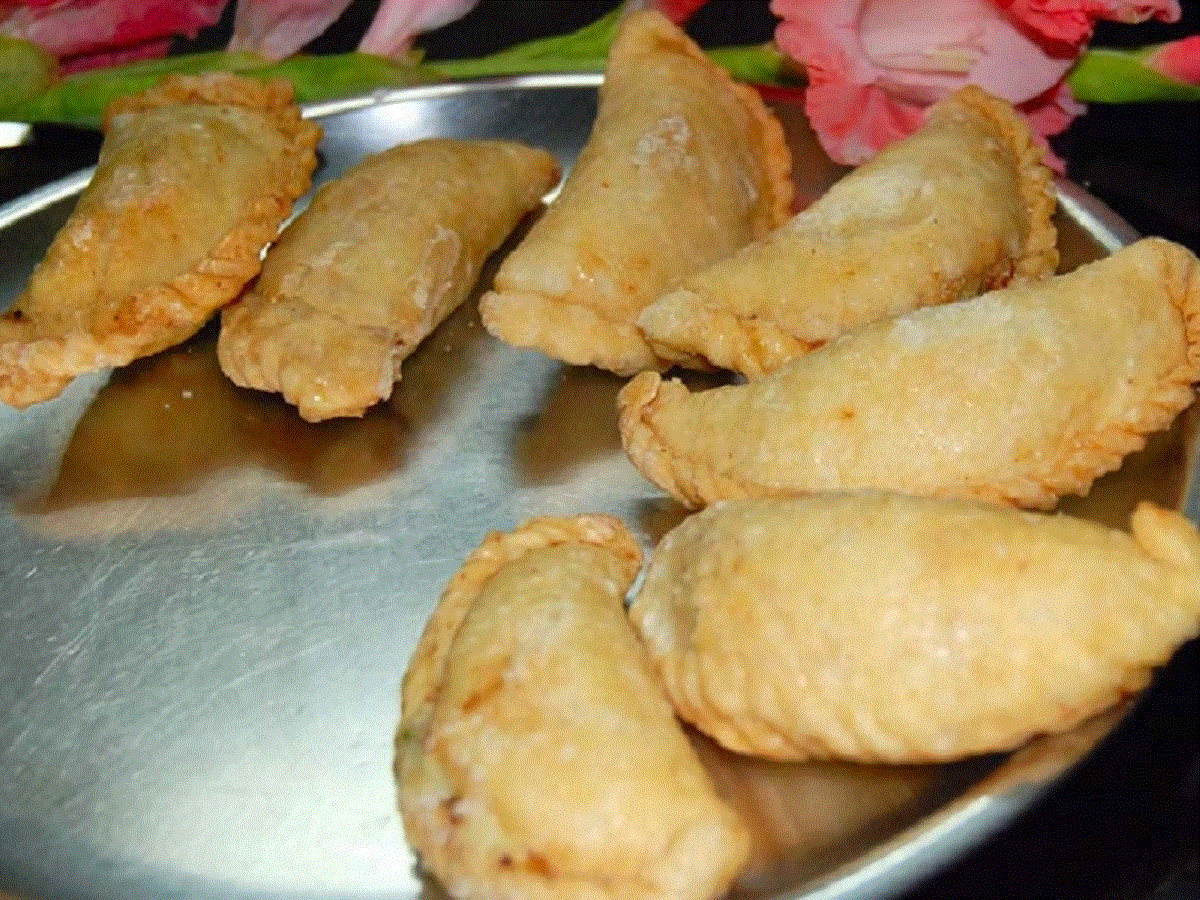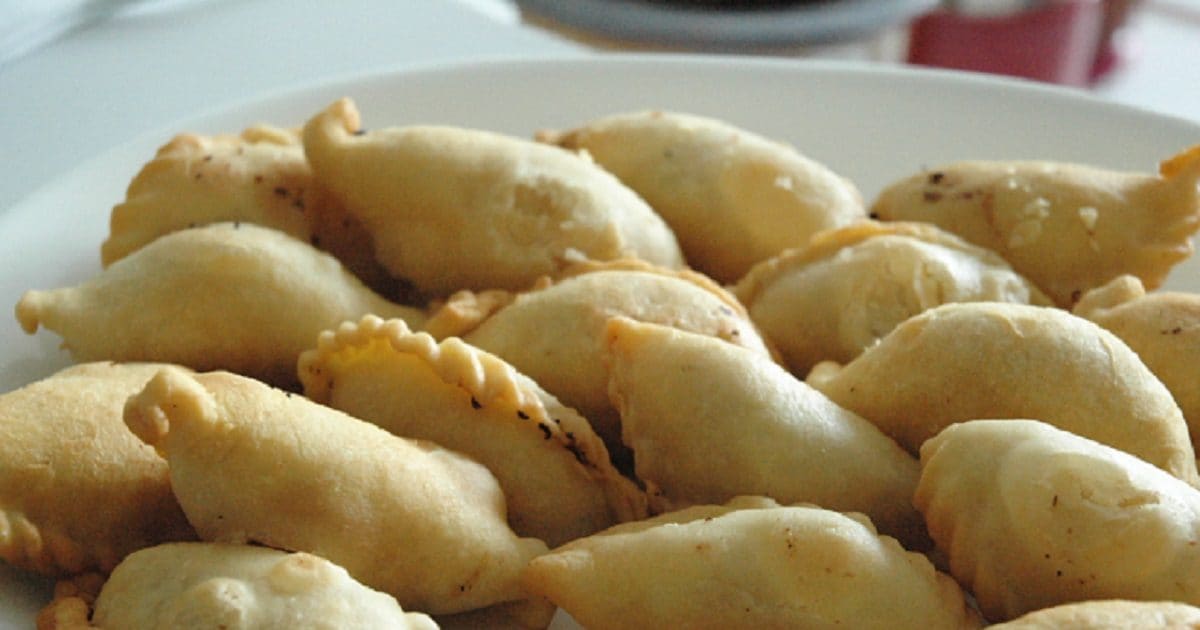[ad_1]
highlights
The festival of Holi and the sweetness of Gujiya complement each other.
Gujiya is popular all over India but it has different names in different states.
It is first mentioned in India in the 13th century.
One dish on Holi which becomes the national dish of the country is Gujiya, which is also addressed by Gujiya and many other names. If Gujiya is not made at home in Holi, then the tradition of the festival is not complete. Any party or feast on Holi is incomplete without Gujia. When someone comes home on this occasion, this sweet dish is offered to him in the food. Delicious taste of dried fruits mixed with khoya inside the half-moon wrapper of maida.
Have you ever wondered when and how the first Gujiya was made? This is a purely Indian dish, which has been sanitized. A dish that complements the colors of Holi. Isn’t it that like most of the dishes that came to India, this too came here from abroad and then got colored here.
Flour layer outside and stuffing of nuts and dry fruits inside
If there is a layer of white flour outside in Gujiya, then inside there is a perfect confluence of khoya made of milk, coconut powder and many types of dry fruits. At home, khoya, coconut and dry fruits are first cut and mixed and then put in a pan and fried lightly. In this way the mixture inside this gujiya is ready.
On the occasion of Holi, making Gujiya is like a tradition in every household in North India. (sanjay srivastava)
Knead its flour and roll out small balls, cut them round. Then the sweet mixture is filled inside it and given the shape of moulds. Now it will be fried and it is ready to fill the mouth with its sweet, delicious sweetness. This is Gujiya but its glory is immense.
Now different forms like gujiya
By the way, let us tell you that earlier there used to be gujiyas with only mawa stuffing, now stuffing is being done with many things like semolina, gram flour, dry fruits, moong dal which makes it taste different. Sometimes green gram, dry fruits or other food items like figs or dates Gujiya are also made with Mawa. Somewhere now health conscious people have started taking the inner feeling only of dryfruits. Overall, it can be said that Gujia has also got different forms.

Gujiya is known by different names in different states. Usually in North India Gujiya is the main sweet dish on Holi, then in South India it is made during Diwali. (wiki commons)
different names in each state
It is called Kusli in Chhattisgarh state, Karanji in Maharashtra, Pidki in Bihar, Ghughra in Gujarat, Karigadubu in Karnataka, Somasi in Tamil Nadu and Kajjikayalu in Andhra Pradesh. There is a tradition of making Gujiya at home on the occasion of Holi in North India and Diwali in South India.
where did gujiya come from
Nandita Iyer has written about where Gujiya came from in her book The Great Indian Thali. This book was published last September 2022. Although we Indians have been eating Gujiya for hundreds of years, we know very little about its history. It is not usually found in books about it. It was mentioned very nominally in the scriptures and texts as well.
Originated in Bundelkhand
There is a reference to it from the 13th century, in which a Gujiya-like dish is made by heating a mixture of honey and jaggery and making it with a layer of flour. Another reference says that the original origin of Gujiya originated in Bundelkhar area in UP i.e. Uttar Pradesh, its time has been told sometime between 16-17th century.
Muslim traders also brought from Turkey
It is also said that a dish like Gujiya was brought by Muslim traders in the 13-14th century. Baklava, an ancient Turkish dish, is very similar to this. In fact, during that period, Muslim traders and Mughals who came to India from Arab countries brought many types of dishes to India. Then these dishes got Indianised. Gujiya was further refined by the Mughal Empire in its royal kitchens in the 15-16th century.
First read breaking news in Hindi News18 Hindi| Read today’s latest news, live news updates, most reliable Hindi news website News18 Hindi.
FIRST PUBLISHED : March 09, 2023, 17:29 IST
[ad_2]
Source link
